Common Mistakes People Make While Using Wet and Dry Vacuum Cleaner
Wet and dry vacuum cleaners are versatile tools that make cleaning both simple and efficient. They handle everything from spilled liquids to dust and debris, making them indispensable for homes, garages, and workshops. However, many users unknowingly reduce the effectiveness of these machines or even damage them due to common mistakes. Understanding these pitfalls can help you get the most out of your wet and dry vacuum cleaner while prolonging its lifespan.
Ignoring the Manufacturer’s Instructions
One of the most frequent mistakes is skipping the user manual. Wet and dry vacuums are designed to handle specific tasks, and using them incorrectly can cause damage. For instance, some vacuums are only rated for light liquid spills, while others can manage larger volumes. Not reading the instructions may result in overloading the machine or using the wrong attachments, which can reduce cleaning efficiency or void warranties.
Using the Wrong Attachments
Each attachment on a wet and dry vacuum cleaner serves a particular purpose. Using a carpet nozzle on a wet spill or a liquid attachment for dry dust can lead to ineffective cleaning and even equipment malfunction. Understanding which nozzle or brush to use for each cleaning task ensures optimal suction and prevents unnecessary wear and tear.
Overfilling the Tank
Overfilling the vacuum tank is a common issue that can cause leaks, clog filters, or even damage the motor. Wet and dry vacuums typically have a clear indicator for the maximum fill level. Ignoring this guideline not only reduces suction but can also result in liquid or debris entering the motor housing, leading to costly repairs.
Neglecting Regular Maintenance
A clean vacuum is a powerful vacuum. Many users forget to empty the tank, clean filters, or check hoses for blockages. Neglecting these simple maintenance steps reduces suction power, causes overheating, and may shorten the lifespan of your machine. Regularly inspecting and cleaning your wet and dry vacuum ensures it operates at peak efficiency.
Vacuuming Sharp or Hard Objects
While wet and dry vacuums are robust, vacuuming sharp objects like nails, screws, or broken glass without proper caution can damage the hose, filter, or motor. It is essential to pick up sharp debris carefully or use specialized attachments designed for heavy-duty cleaning to avoid costly repairs.
Using the Vacuum on Hazardous Materials
Some users make the mistake of vacuuming hazardous substances, such as flammable liquids, chemicals, or hot ash. Standard wet and dry vacuums are not designed to handle these materials, and doing so can be extremely dangerous. Always check the safety guidelines and, if necessary, use a vacuum rated for hazardous materials.
Ignoring Filter and Bag Replacement
Filters and bags play a crucial role in maintaining suction power and trapping dust and debris. Using a vacuum with clogged filters or a full bag decreases efficiency and may strain the motor. Regular replacement and cleaning of filters and bags are essential for consistent performance.
Storing the Vacuum Improperly
Finally, improper storage can lead to mold growth, corrosion, or mechanical issues. After cleaning, ensure the tank is empty, all parts are dry, and the vacuum is stored in a cool, dry place. This simple step preserves the vacuum’s condition and ensures it is ready for the next use.
Wet and Dry Vacuum Cleaner Maintenance Tips to Extend Its Life
Proper maintenance can significantly extend the life of your wet and dry vacuum cleaner. Follow these key tips for optimal performance:
-
Empty the Tank After Each Use: Always remove dust, debris, or liquid from the tank to prevent clogging, unpleasant odors, and internal corrosion.
-
Clean or Replace Filters Regularly: Clogged filters reduce suction and put extra strain on the motor. Check and maintain filters according to the manufacturer’s instructions.
-
Inspect Hoses and Attachments: Look for blockages, cracks, or sharp debris that could damage the vacuum or reduce efficiency.
-
Dry the Unit Before Storage: Ensure the tank and attachments are dry before storing to prevent mold growth or electrical issues.
-
Use the Vacuum Correctly: Avoid vacuuming hazardous materials like flammable liquids or hot ash, as these can damage the unit and pose safety risks.
-
Regular Exterior Cleaning: Wipe down the exterior to remove dust and dirt, keeping the vacuum in good condition.
Following these simple maintenance steps ensures your vacuum cleaner works efficiently and lasts longer.
Cordless vs. Corded Wet and Dry Vacuum Cleaners: Pros and Cons
Choosing the right vacuum depends on your cleaning needs. Here’s a breakdown of cordless and corded wet and dry vacuums:
-
Cordless Wet and Dry Vacuums
-
Pros: Highly portable, no cords to limit movement, ideal for quick cleanups, vehicles, and tight spaces.
-
Cons: Limited battery life restricts long cleaning sessions, and suction may be slightly weaker compared to corded models.
-
Corded Wet and Dry Vacuums
-
Pros: Consistent and strong suction, perfect for heavy-duty cleaning and long sessions, no need to recharge.
-
Cons: Limited mobility due to the power cord, dependent on nearby power outlets.
Choosing the Right Option: If flexibility and convenience are your priority, go cordless. If you need power and endurance for large areas, a corded vacuum is the better choice.
Conclusion
Wet and dry vacuum cleaners are powerful and versatile tools, but their efficiency depends on proper usage and care. Avoiding these common mistakes—such as overfilling, neglecting maintenance, using the wrong attachments, or vacuuming unsafe materials—can significantly extend the life of your vacuum and make your cleaning tasks easier and more effective. By following manufacturer guidelines and adopting regular maintenance routines, you can ensure your vacuum performs at its best for years to come.
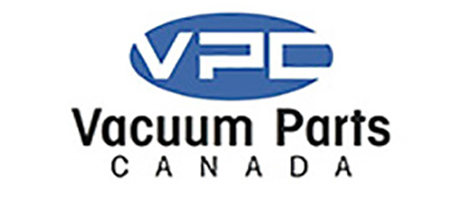
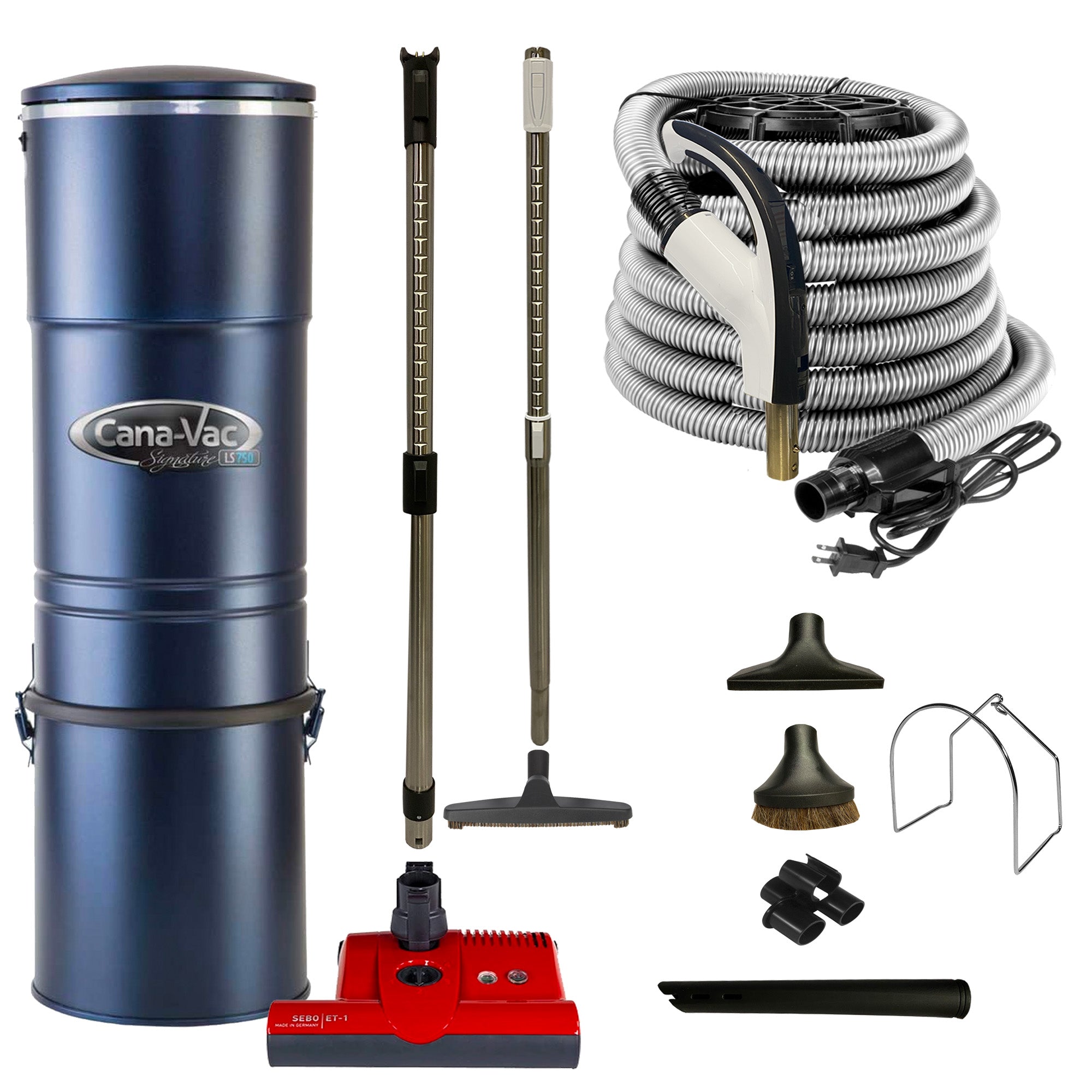
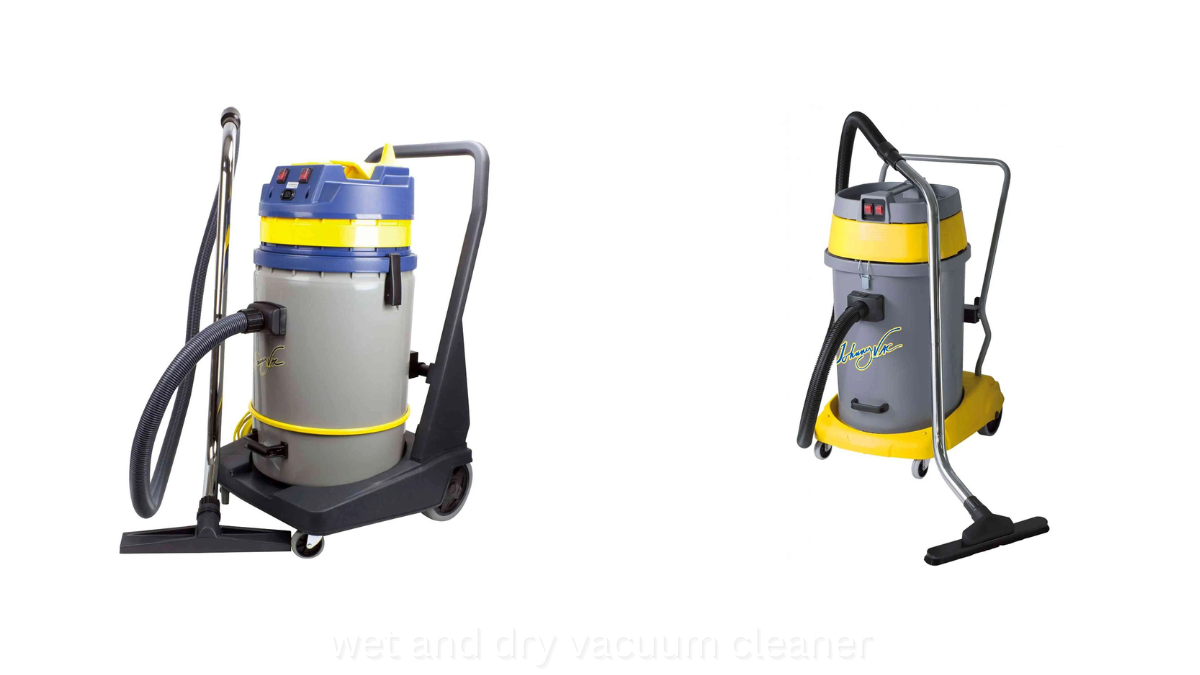
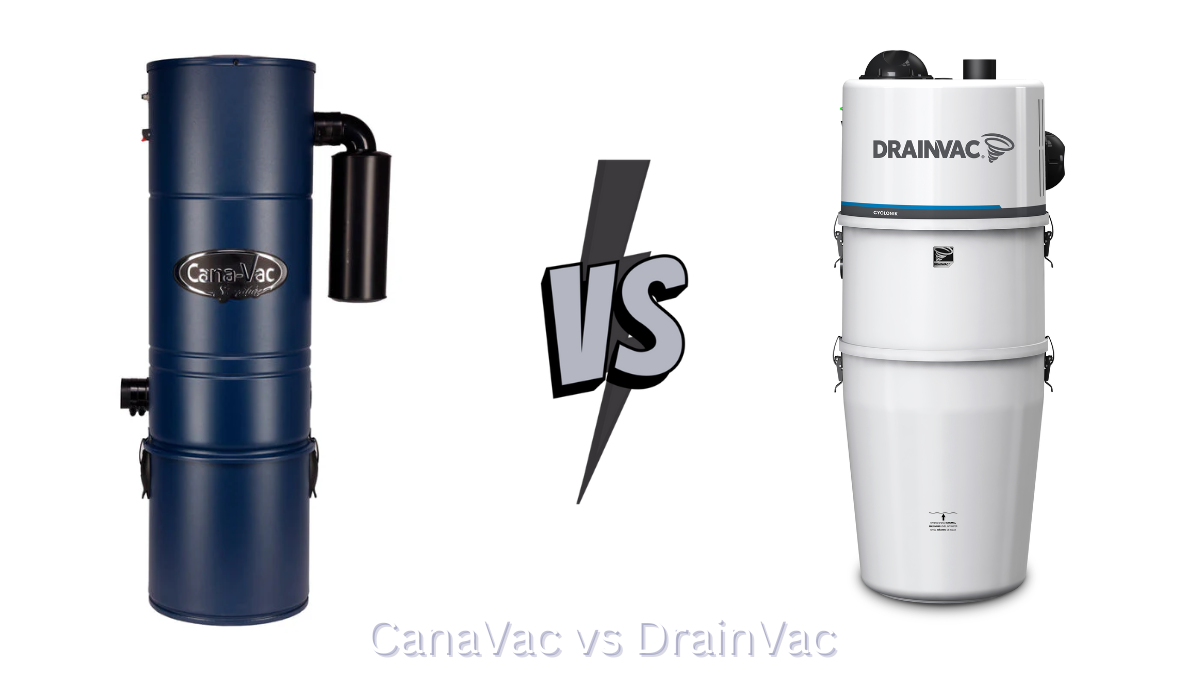
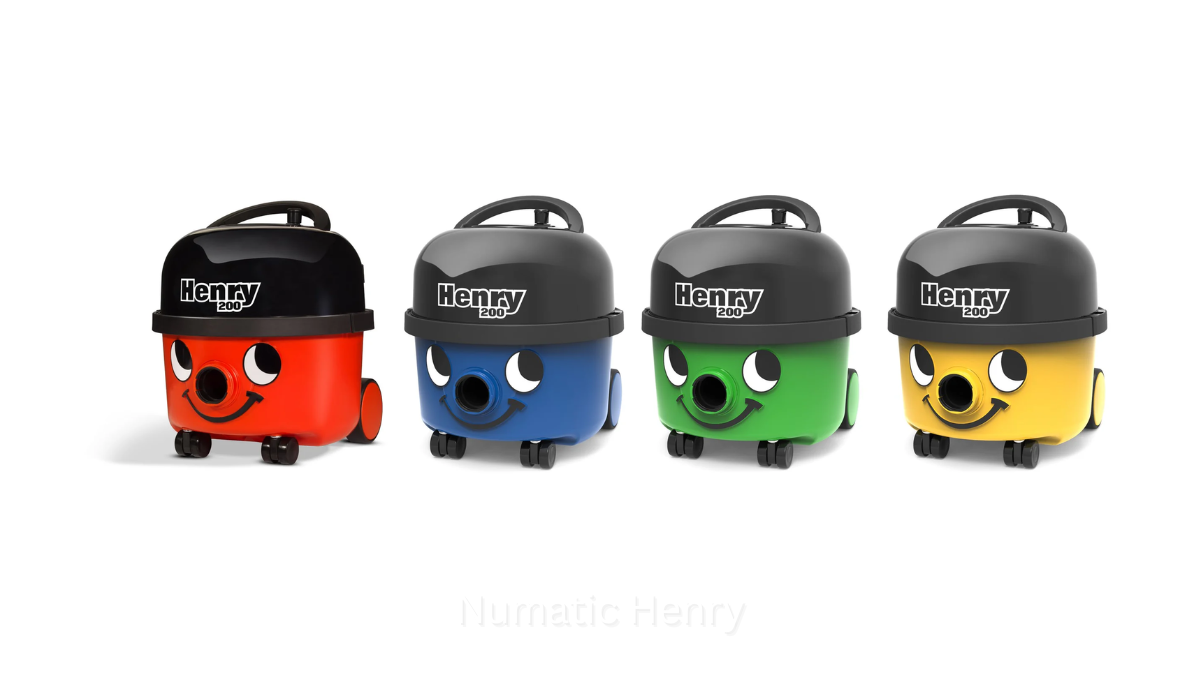
Leave a comment
This site is protected by hCaptcha and the hCaptcha Privacy Policy and Terms of Service apply.